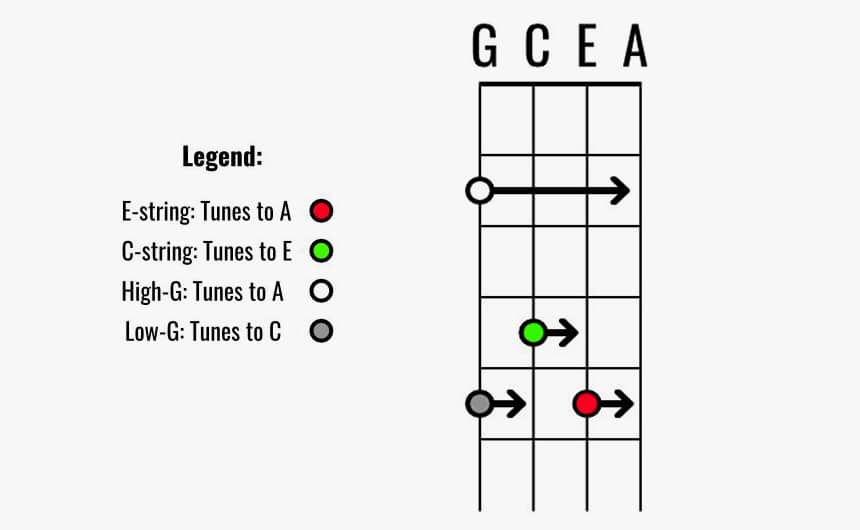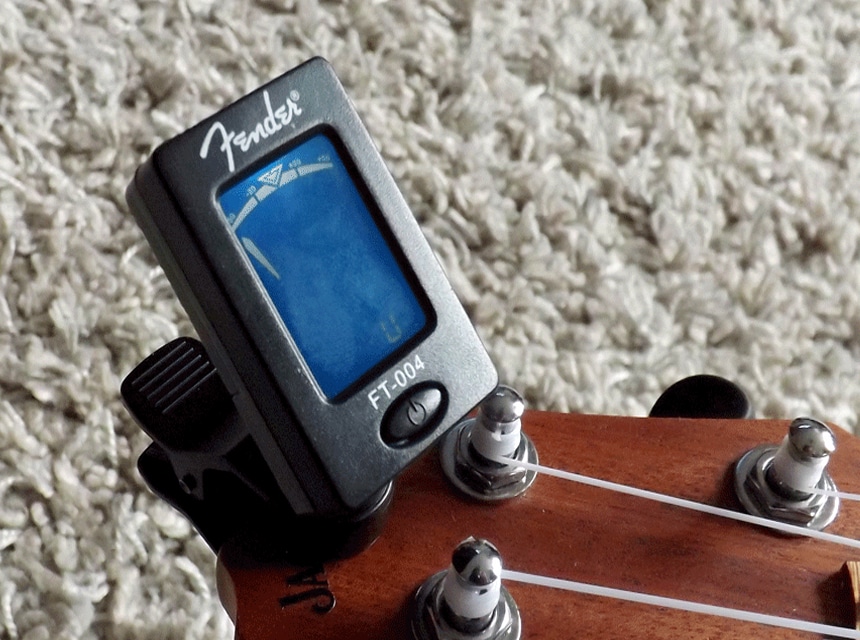A ukulele is a classic and timeless instrument. It is easy to learn, inexpensive, and portable in size, making it a beloved choice for amateur and professional musicians alike. High-quality ukuleles can be purchased at low cost and can be used for a wide range of activities, including entertainment, songwriting, and much more. The soprano ukulele Trusted Source Ukulele - Wikipedia Common types of ukuleles include soprano (standard ukulele), concert, tenor, and baritone. Less common are the sopranino (also called piccolo, bambino, or “pocket uke”), bass, and contrabass ukuleles. en.wikipedia.org is the smallest of the four traditional ukulele sizes and the most popular. Soprano ukulele tuning can seem intimidating to beginners, but by following a few simple steps, it can be consistently achieved with a variety of methods. This is important for keeping the sound of the ukulele in its best form. Many ukulele players recommend checking the tuning every 15 minutes. A well-tuned ukulele is an ideal medium for beginning musicians. While the instrument is smaller and less complicated than other stringed instruments, it has a beautiful sound and is utilized by many seasoned and professional artists for its playful quality.

While there are many options for tuning your ukulele, the standard soprano ukulele tuning is most commonly used. The standard soprano ukulele tuning is done in C6 (the sixth cord): G4-C4-E4-A4. These notes correspond to middle C and the subsequent E, A, and G notes. This is how most soprano ukuleles are tuned, and many instructional videos and books will assume that your instrument is prepared in this way. There are two main ways to tune a ukulele to the sixth cord.
The first is tuning by ear. By using one reference note for middle C and then manipulating the strings based on this one, properly tuned string, the other strings can be tuned appropriately. The second way to tune a ukulele is by using a tuner. This is a device that can pick up on the vibrations of the instrument and give the precise pitch of the note being played.
The device also gives a direction that the musician should go in, higher or lower, to better tune the string to the precisely desired pitch. There are advantages and disadvantages to both methods. For tuning by ear, it may improve your musical sense and your ear for pitch. This could help you hear when your instrument is out of tune, and it will make tuning much faster in the long run. However, tuning by ear takes more time and can be less precise than tuning with a tuner. A tuner is easy to use, faster than tuning by ear, and can be more precise.
Tuning by ear is a skill developed over time. It may be a slow process at the beginning. But you will quickly be able to pitch-match and tune your ukulele appropriately. To tune a soprano ukulele by ear, start with a reference note of middle C. There are a variety of ways to access this note. You can use middle C on a keyboard if you have one or an audio file downloaded from the web.
Now that you have this jumping-off point loosen all of the strings, taking care to loosen them all more than their final tensions. Start tuning at the third string from the bottom, the thickest string. This is the C string; tighten it until it matches the reference note. When this string is plucked at the same time as the reference note is played, the two notes should sound identical. Now that your C string is tuned appropriately, you can use it to tune the other strings, following these steps:
Once these steps are complete, your ukulele should be tuned and ready to play!

Tuning a ukulele with a tuner is more straightforward than tuning by ear. It is also easier, faster, and more precise. The tuner clips on to at the end of the fretboard, where the tuner knobs are located, and analyzes the vibrations when a string is plucked, displaying the note closest to that of the vibration. This displayed note should be the string’s desired note. For example, when tuning the C string, the tuner should display C. The tuner will also show whether the vibration is at a higher or lower frequency than the displayed note. If the tuner shows, the pitch of the plucked string is too low, tighten the string for a higher frequency. By tightening and loosening the strings, you can achieve the precise frequency of the desired note, giving your music a more consistent and balanced sound.
You may wonder, how do ukulele strings make their musical sound? And why tune the instrument to this particular cord? Learning about soprano ukulele tuning frequencies can be a way to dive more technically into the tuning of a soprano ukulele. When the string is plucked, a wave is sent along with it, causing vibrations at a certain frequency dictated by the string’s length. These vibrations produce sound. Adjusting the length of the string adjusts the frequency. A shorter, tighter string means a higher frequency, while a longer, looser string means a lower frequency. The frequencies of the standardly tuned soprano ukulele are as follows:
G4 – 392 Hz
C4 – 262 Hz
E4 – 330 Hz
A4 – 440 Hz
Although these frequencies only apply to the standard tuning for soprano ukuleles, they can be useful for other tuning options as well. For example, another common way to tune the soprano ukulele is using the low G, G3, instead of G4. G4 gives the ukulele a brighter sound. For a deeper, more melancholy quality to the music, the user can opt to tune the top string to the lower G3.
Soprano banjo ukuleles function much like the traditional soprano ukulele, but they look much different. The banjo ukulele, colloquially referred to as a banjolele, looks like a small banjo. It offers a different quality to its music while utilizing the same sixth cord tuning as a soprano ukulele. To tune, you can use either method discussed in this article, tuning by ear or with a tuner. While the quality of this instrument’s sound is distinct from the traditional soprano ukulele, it should have the same notes in the same sixth chord tuning.
With your newly tuned soprano ukelele, you can now begin the process of learning and enjoying your instrument. Soprano ukuleles are popular for a reason. Their small size makes them easy to handle, not just during tuning but also playing and transporting. More durable ukeleles are utilized by campers and hikers, their small size and acoustic sound making it an ideal addition to any solo or group trip. In addition, highly rated ukeleles come in a range of prices and colors, making them ideal for customization and collecting. Many of the best ukuleles are under $500, and many of the top-rated are even less. Soprano ukuleles tend to be less expensive than the other types, and the top-rated are less than $60. Clearly, these instruments are affordable. On top of that, they’re beautiful, whether they come in mint green, teal blue, or classic mahogany. Soprano ukulele tuning is the first step to playing and enjoying your ukulele. A properly tuned soprano ukulele can afford you hours of entertainment, joy, and delight.